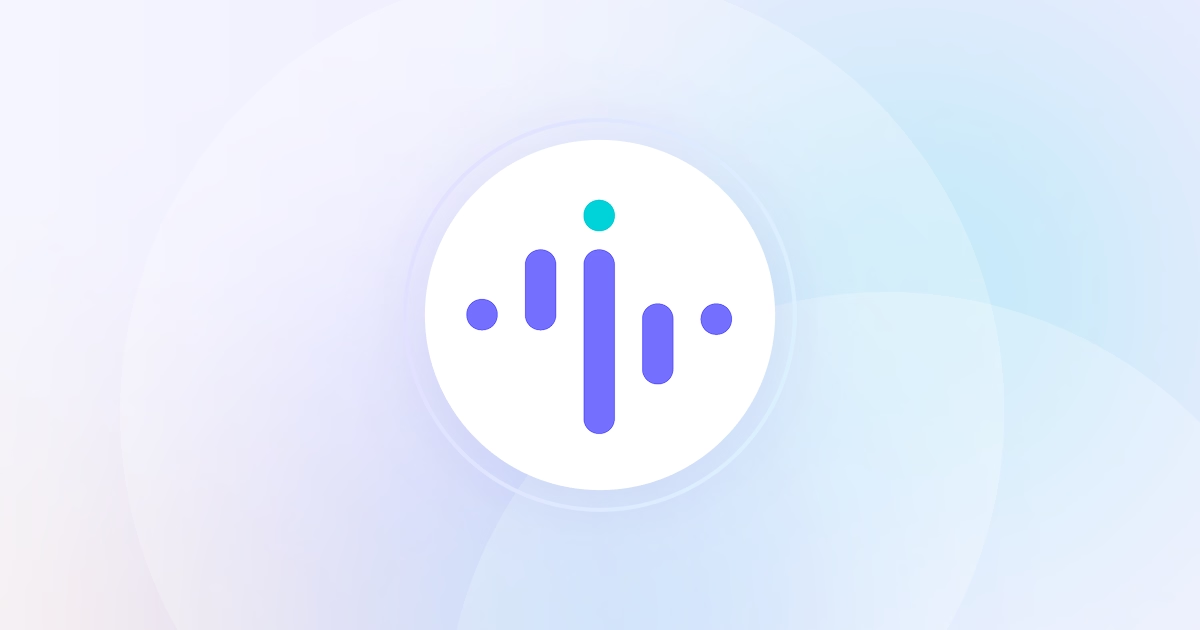Is Employee Monitoring Legal in the EU, US, and Canada?

.png)

In this article, we’re going to discuss:
- Why employee monitoring laws differ dramatically between the EU, US, and Canada, and what that means for your policies.
- The legal risks of applying one-size-fits-all tracking rules across international teams.
- How region-specific consent, access limits, and clear purpose disclosures can keep you compliant and trusted.
- Which remote work monitoring software offers customizable settings to help you track legally and effectively.
When a US-based company deployed software for monitoring employee activity to standardize remote work oversight, it didn’t expect the backlash. In Germany, legal counsel flagged privacy violations. In Quebec, HR ran into a different wall—explicit consent requirements that rendered the policy unenforceable without employee buy-in.
What started as a productivity tool quickly became a compliance risk.
If you're overseeing workforce strategy across regions, that scenario isn’t a one-off but a warning. Employee monitoring laws aren’t just inconsistent; they’re often contradictory. What’s permissible in Dallas could be illegal in Düsseldorf.
This blog helps you make sense of it: where consent is mandatory, where implied consent might hold, and what documentation keeps you compliant if regulators come knocking.
Why Employee Monitoring Laws Vary So Widely
Monitoring your own employees sounds simple until it isn’t. One country says “yes, with consent,” another says “only if necessary,” and a third says “just notify them.”
That variability creates a hidden risk for any company managing distributed teams. What looks like standard oversight in one place could trigger a privacy violation somewhere else.
This isn’t theoretical. With over 60% of large companies adopting monitoring software globally, according to Gartner, compliance is urgent. Laws haven’t kept pace with hybrid work models, and that’s left HR, legal, and compliance leaders navigating a legal minefield full of conflicting definitions: What counts as consent? Is passive time tracking surveillance? Can screenshots be anonymized?
European Union: GDPR Makes Monitoring a High-Stakes Decision
In the EU, employee monitoring is governed by the General Data Protection Regulation (GDPR), and that changes everything. Under GDPR, work-related data is still personal data. That means even basic time tracking must be lawful, transparent, and limited to what’s necessary.
Employers need a clear legal basis to monitor. Consent is rarely valid because of the power imbalance between employer and employee. Instead, companies must prove legitimate interest, and even then, they must conduct a documented Data Protection Impact Assessment (DPIA).
Tools that capture screenshots, keystrokes, or browser activity trigger heightened scrutiny and may be deemed disproportionate.
Failure to meet these standards risks fines and erodes employee trust. In many EU countries, labor councils must approve monitoring tools before deployment. Without their signoff, implementation can grind to a halt.
United States: Monitoring Is Broadly Permitted—But Patchy
In the US, employee monitoring is generally legal, but far from uniform. There’s no federal law requiring employers to notify workers they’re being monitored, except in very specific contexts (like wiretapping). That gives employers wide latitude to track activity, especially on company-owned devices.
However, several states, including Connecticut, Delaware, and California, require some form of disclosure. California’s CPRA (California Privacy Rights Act) introduces stricter consent and transparency rules, especially for data retention and third-party sharing. Other states are introducing privacy bills that may eventually mimic GDPR-lite standards.
Legal risk isn’t just about what you collect, but where your employees live. Companies that monitor uniformly across states may find themselves noncompliant in jurisdictions requiring notice or even affirmative consent.
Canada: Consent Is the Rule—And It Must Be Meaningful
Canadian privacy law is rooted in consent, and it doesn’t leave much room for ambiguity. Under the Personal Information Protection and Electronic Documents Act (PIPEDA), employers must clearly explain what data is being collected, why it’s necessary, and how it will be used. Vague justifications like “productivity monitoring” won’t cut it.
Consent must also be meaningful. That means it can’t be buried in a policy update or bundled with unrelated terms. Employees must understand what they’re agreeing to and have the ability to decline, especially if the monitoring isn’t essential to their role. Some provinces, like British Columbia and Alberta, have additional employment-specific laws that raise the bar even further.
Even with consent, Canadian regulators expect data minimization. If monitoring tools capture more data than needed, like logging all screen activity when only time tracking is justified—they may be seen as excessive under the law.
What Global Teams Can Do to Monitor Legally
Companies can’t afford to treat monitoring software for pc as a one-size-fits-all rollout. What’s legal and ethical in one location could be a liability in another.
But this doesn’t mean giving up on oversight entirely. It means rethinking how you implement it. Instead of asking “can we monitor?”, high-performing teams ask “how do we monitor in a way that’s compliant, transparent, and aligned to our goals?”
These strategies will help you move from risk-prone oversight to region-aware performance enablement:
1. Map Legal Requirements Before You Deploy Tools
Don’t start with software, start with law. Before rolling out monitoring across countries, map each region’s requirements: consent standards, disclosure rules, and limitations on what data can be collected.
For example, if your EU team falls under GDPR, you’ll need a DPIA, clear legitimate interest, and likely labor council input. In Canada, you’ll need clear, documented employee consent. In the US, state-by-state laws may apply.
In practice, this means creating a location-by-location matrix that links local regulations to specific monitoring features (e.g., screenshots, idle tracking, app usage). This makes it easier to disable or customize features where needed and keeps legal teams ahead of enforcement risks.
Compliance teams often do this manually. But workforce intelligence platforms like Insightful.io now allow region-specific configurations, where policies and data visibility are adjusted by location. This reduces legal exposure and helps preserve employee trust in global teams.
2. Use Purpose-Limited Monitoring—and Say So Clearly
Monitoring becomes risky when it’s vague. Teams get suspicious. Regulators pay attention. To stay compliant, define and document exactly why you’re monitoring. Is it for attendance? Productivity insights? Security? Then make sure the tool matches that purpose and nothing more.
For example, if the goal is to measure time on task, a lightweight tracker with idle detection might be sufficient. But if you’re capturing screenshots or logging browser history “just in case,” you’re inviting legal pushback, especially in GDPR or PIPEDA contexts.
This is where built-in transparency features matter. Some tracking programs for computers include employee-facing dashboards that show what’s tracked and why. Others, like Insightful, provide anonymization settings or allow employees to view their own activity history. These capabilities improve compliance and defuse the perception that monitoring is punitive or hidden.
3. Treat Consent as a Process, Not a Checkbox
Consent is a signal of trust, not just a legal safeguard. And in many jurisdictions, it’s non-negotiable. But far too often, companies treat it like a one-time pop-up or buried clause in a policy doc. That doesn’t meet the legal standard or the employee expectation.
To make consent real, you need to explain what’s being monitored, how often, for what reason, and what control the employee has. Then, revisit that consent if the purpose or tools change. This matters in Canada, where consent must be informed and ongoing, but it also boosts legitimacy in the US and EU, even when not strictly required.
Employee computer monitoring tools that support consent logs, employee notifications, and customizable policy acknowledgements make this easier. They create a verifiable trail of agreement and allow you to segment by policy acceptance if needed.
4. Log Access & Limit Oversight to What’s Necessary
Monitoring tools gather sensitive data, and that data has its own legal weight. Who can see it? How long is it stored? Can it be exported? If you can’t answer those questions confidently, neither can your auditors.
Privacy laws in the EU and Canada emphasize data minimization and access control. That means your managers shouldn’t have unrestricted visibility into every screen capture or usage log. Instead, access should be role-based and purpose-specific, just enough to resolve performance or compliance issues, not more.
Modern monitoring software PC tools, like Insightful, increasingly include audit trails, granular permissions, and retention controls. These features help ensure data isn’t just collected legally but also managed legally too.
5. Use Region-Based Settings to Simplify Compliance
One global policy won’t work. But one adaptable platform can. The best workforce monitoring tools let you adjust settings by region, so your US team can use productivity scores, while your EU team operates under stricter transparency limits.
This matters most when monitoring employees' computers with features like screen capture or detailed app tracking aren’t legal everywhere. Instead of disabling them globally or creating parallel systems, region-based settings allow you to tune the experience: anonymize data in GDPR regions, turn off screenshots in Canada, or enforce notice popups in US states with stricter rules.
Insightful productivity tracking, for example, supports this kind of segmentation, letting you scale oversight without risking noncompliance or employee blowback.
FAQs
How can I monitor employees without violating GDPR or Canadian privacy law?
You need to prove that monitoring is necessary, purpose-limited, and proportionate. In GDPR regions, use a legitimate interest assessment and conduct a DPIA; in Canada, obtain meaningful, informed consent. Insightful’s remote worker monitoring software supports these requirements with anonymization, region-based settings, and consent logging.
What kind of employee monitoring is legal in the United States?
Monitoring productivity in the workplace is broadly legal in the US but subject to state-level variations. Some states require notice or consent, particularly for screen or email tracking. Use tools with customizable transparency settings to ensure you're disclosing the right level of monitoring based on employee location.
Do I need employee consent to monitor productivity?
It depends on jurisdiction. In Canada and parts of the EU, yes, consent must be explicit and documented. In the US, consent isn’t always required, but is still considered best practice. Tools with consent workflows, like Insightful productivity tracking, help document compliance and reduce legal risk.
How Legal-Ready Monitoring Strengthens Trust & Compliance
When companies tailor oversight to local law and employee expectations, they reduce risk, boost transparency, and preserve trust across distributed teams.
- Avoid legal exposure by tailoring features like screenshots, activity logging, and data access by region
- Strengthen team buy-in with clear explanations of purpose and control over what’s shared
- Speed up compliance reviews with built-in consent logs and audit-friendly configuration
- Prevent oversurveillance by assigning role-based visibility and data minimization
- Prove accountability to clients, regulators, and internal stakeholders with documented processes
Vitality Medical, a US-based healthcare ecommerce company, needed to ensure HIPAA-compliant monitoring as their workforce shifted remote. Using Insightful, they customized tracking to exclude sensitive applications, allowed employees to view their own data, and turned monitoring into a fair, transparent practice.
The result was stronger accountability, smoother policy adoption, and a culture where visibility was no longer viewed as punitive but empowering.
Rethink Monitoring as a Compliance-Led Strategy
If you’re expanding across regions or retooling your compliance policies, now’s the time to get proactive. Look for tools that support flexible, region-aware deployment and empower teams—not just management—with visibility into how work happens.
Start a 7-day free trial or book a demo to see Insightful in action.

.jpg)
.jpg)
